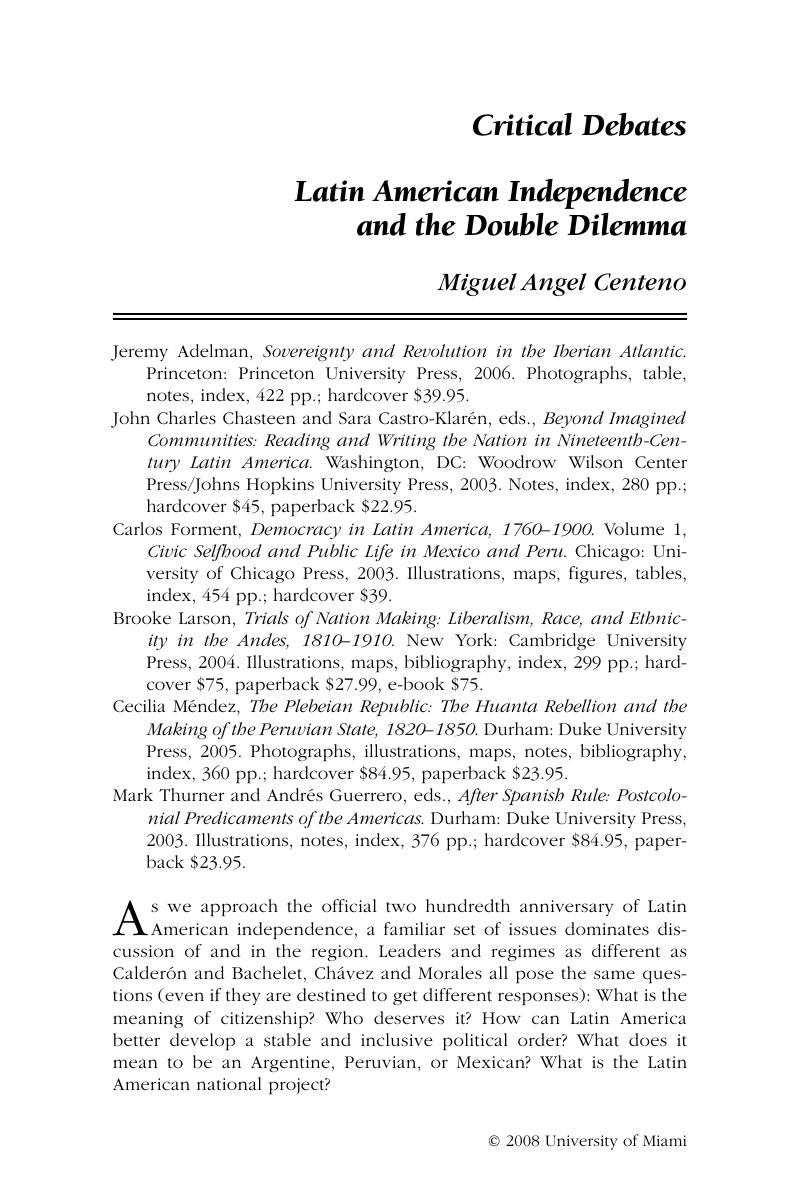Crossref Citations
This article has been cited by the following publications. This list is generated based on data provided by Crossref.
2016.
We Dream Together.
p.
335.
Tussie, Diana
and
Chagas-Bastos, Fabrício H.
2023.
Misrecognised, misfit and misperceived: why not a Latin American school of IPE?.
Review of International Political Economy,
Vol. 30,
Issue. 3,
p.
891.



